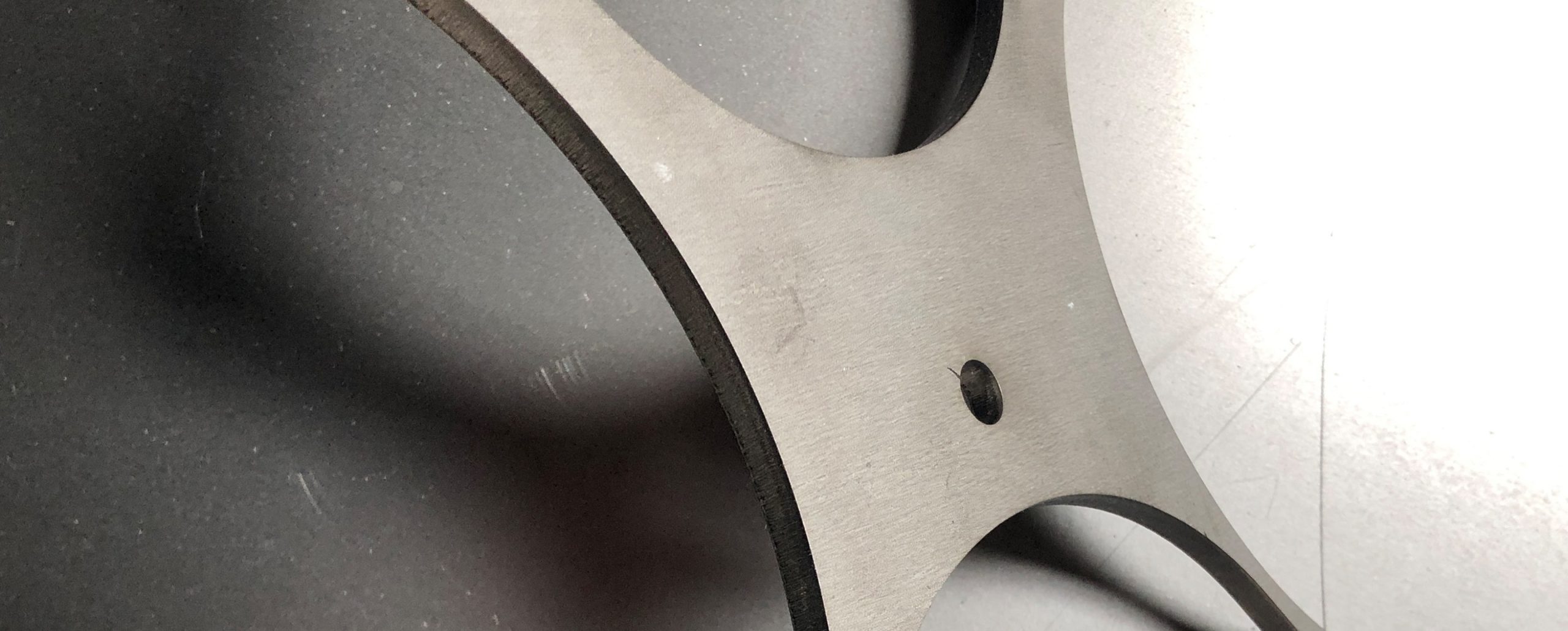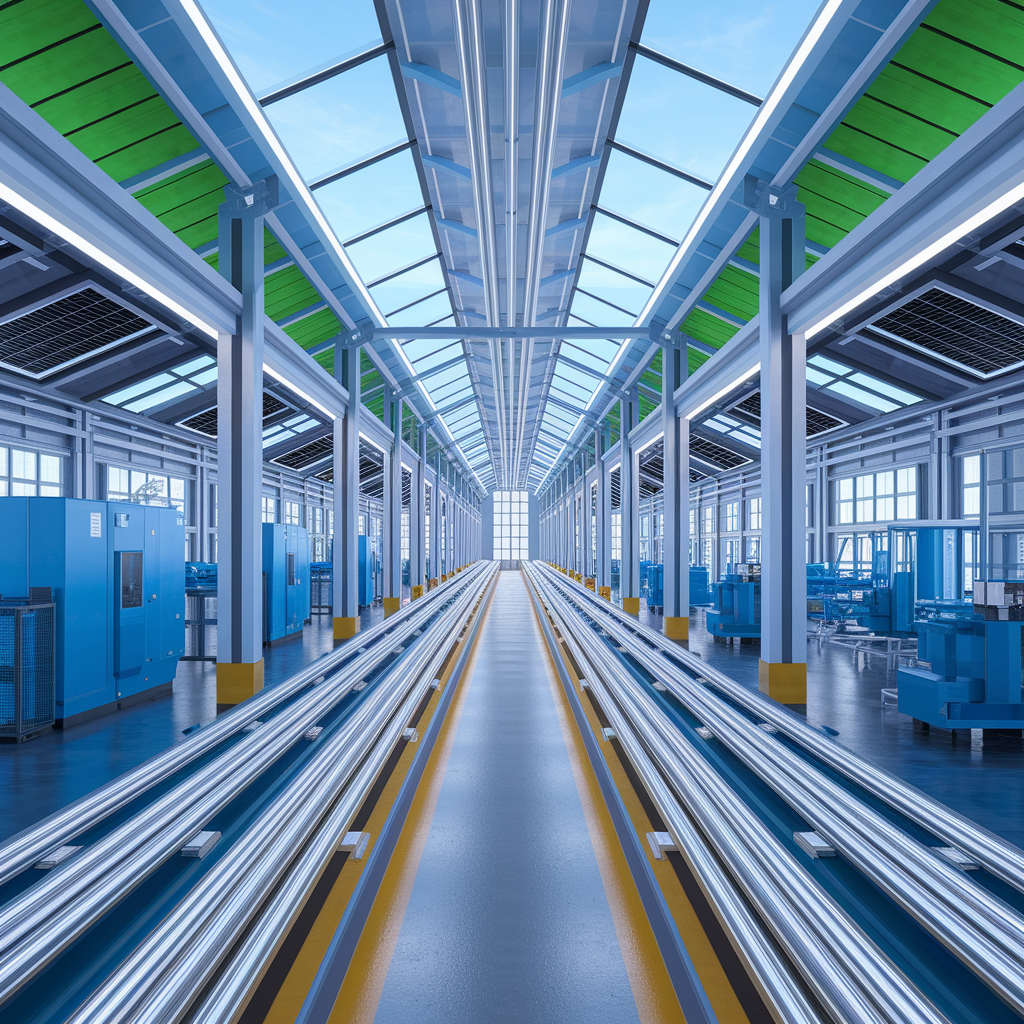The Environmental Benefits of Using Aluminum Busbars, Bus Bars, Aluminium, Busbar
The Advantages of Using Aluminum Busbars in Sustainable Energy Systems
Aluminum busbars offer significant advantages when used in sustainable energy systems, benefiting the environment and system efficiency. Utilizing aluminum busbars as the primary conductor in these systems enhances efficiency due to their lightweight and favorable electrical properties. This lightweight nature reduces the overall load, further promoting energy efficiency.
Additionally using aluminum as a material aligns with eco-friendly practices since aluminum production has a lower environmental footprint than other metals. The environmental impact of choosing aluminum busbars extends beyond production. Aluminum busbars are also easier to recycle, supporting the sustainable lifecycle of the material.
In comparison to other conductors, aluminum’s trunking capabilities allow for better integration into various sustainable systems. The material’s conductivity, while lower than copper, is adequate for many applications, making it a viable option in implementing sustainable energy solutions. Moreover, adopting aluminum bus bars enhances the busbar system’s overall sustainability. The use of this metal minimizes resource depletion and supports the move toward renewable energy sources.
With numerous advantages over other materials, aluminum busbars provide a compelling proposition for their application in environmentally conscious projects. Considering the larger perspective, leveraging aluminum in busbar trunking and busbar systems is a step forward in reducing adverse environmental effects, showcasing a commitment to sustainable practices. Thus, companies opting for aluminum busbars in their sustainable energy systems exhibit a progressive mindset toward achieving greener goals. When it comes to the environment, aluminum busbars prove to be an excellent choice.
Comparing Conductivity: Aluminium vs. Copper Bus Bar Options
When comparing the conductivity of aluminum vs. copper bus bar options, it’s essential to consider the unique characteristics and advantages of each material. Conductivity is a critical factor when deciding between aluminum and copper busbars. Copper is widely recognized for its excellent conductivity, which is approximately 59 percent higher than that of aluminum. However, aluminum busbars are increasingly used in various applications due to their unique benefits.
One of the key advantages of using aluminum busbars is their lighter weight compared to copper. This makes aluminum a favorable material for large-scale projects and installations where weight can be a significant factor. Despite the lower conductivity, aluminum conductors can be manufactured with a larger cross-sectional area to achieve comparable performance to copper busbars. This approach helps balance the conductivity differences while taking advantage of aluminum’s lighter weight.
Additionally, aluminum bus bars are more cost-effective, often providing significant material savings. This affordability allows for broader usage without compromising on performance when designed appropriately. When we compare the total cost, including material and installation, aluminum emerges as a very attractive option.
Aluminum’s ability to form an oxide layer that protects against corrosion adds another layer of durability, extending the lifespan of busbars. While copper bus bars have their own merits, especially in applications demanding higher conductivity, aluminum’s unique attributes make it a compelling alternative for many scenarios.
Heat Management with Aluminium Bus Bars in Electrical Systems
Effective heat management is crucial in electrical systems to ensure reliability and efficiency. Aluminum busbars offer significant advantages over traditional copper conductors in this regard. Aluminum is known for its remarkable thermal conductivity, allowing it to dissipate heat more efficiently. When systems use aluminum busbars, they benefit from reduced heat buildup, which enhances performance and longevity.
Efficient heat management through aluminum bus bars can also lead to lower system temperatures, reducing the risk of overheating and potential failures. This protects the electrical systems and minimizes environmental impact by extending the components’ lifespan. By integrating aluminum busbars into electrical trunking systems, businesses can use a more sustainable option that aligns with environmental goals.
In comparison to copper, aluminum bus bars are lighter, which simplifies installation and decreases transportation energy costs. Additionally, using aluminum busbars in electrical systems contributes to energy efficiency by reducing electrical resistance and heat loss, ensuring a more reliable power distribution.
Thus, the environmental benefits of using aluminum over copper busbars are considerable, from improved thermal management to a reduced carbon footprint. At AP Precision Metals, we prioritize solutions that support efficient heat management and sustainability, helping businesses to connect their systems with resilience and environmental consciousness. Choosing aluminum busbar applications represents a forward-thinking approach to managing heat in electrical systems, providing a practical and eco-friendly alternative to conventional copper bus bars.
Sustainable Suppliers of Aluminium Busbars and Their Environmental Commitment
At AP Precision Metals, we pride ourselves on being sustainable suppliers of aluminum busbars, demonstrating a profound commitment to the environment. Choosing aluminum busbars offers several environmental advantages over traditional materials.
Unlike copper, which requires extensive mining and resource extraction, aluminum is one of the most abundant metals on Earth and is highly recyclable. In fact, about 75 percent of all aluminum ever produced is still in use today, showcasing its sustainable credentials. Our suppliers prioritize eco-friendly production practices, ensuring that the aluminum busbars serve as efficient conductors and align with our mission of environmental stewardship.
By using aluminum in busbars, you’re opting for a metal that reduces the overall carbon footprint and promotes sustainable use of resources. Furthermore, aluminum busbars offer excellent conductivity and heat management, which are critical factors for numerous applications. They effectively replace the need for copper busbars, reducing reliance on a resource that is more energy-intensive to extract and recycle.
As a sustainable supplier, our commitment extends beyond just providing high-quality products; it encapsulates a broader goal to harmonize industrial growth with environmental responsibility through the use of aluminum busbars. Therefore, incorporating busbars made of this metal contributes significantly to achieving your sustainability goals while ensuring optimal performance. At AP Precision Metals, we’re diligent about leading the way in sustainable practices, proving that it’s entirely feasible to marry efficiency with eco-conscious choices.
The Environmental Benefits of Choosing Aluminum Over Copper
When considering the environmental impact of materials used in electrical systems, choosing aluminum busbars over copper presents several significant benefits. Aluminum is a highly sustainable material that requires less energy to produce compared to copper. This reduced energy use inherently benefits the environment by lowering greenhouse gas emissions during the production process. Furthermore, aluminum busbars are lighter than their copper counterparts, translating to easier transportation and reduced fuel consumption.
By employing aluminum trunking systems, industries can also benefit from the extended longevity of this metal, reducing the frequency of replacements and thereby minimizing waste. The use of aluminum busbar systems in electrical installations contributes to a more sustainable choice, aligning with environmental goals.
Copper mining is another area where aluminum shines, as mining for aluminum has a less detrimental impact on the environment compared to copper mining. The recycling rate for aluminum is exceptionally high, with the material being 100% recyclable without losing its properties. Recycling aluminum uses just a fraction of the energy required to produce new aluminum, making it a more sustainable option. Additionally, the use of aluminum helps in managing heat more efficiently, further decreasing the overall energy consumption in electrical systems.


